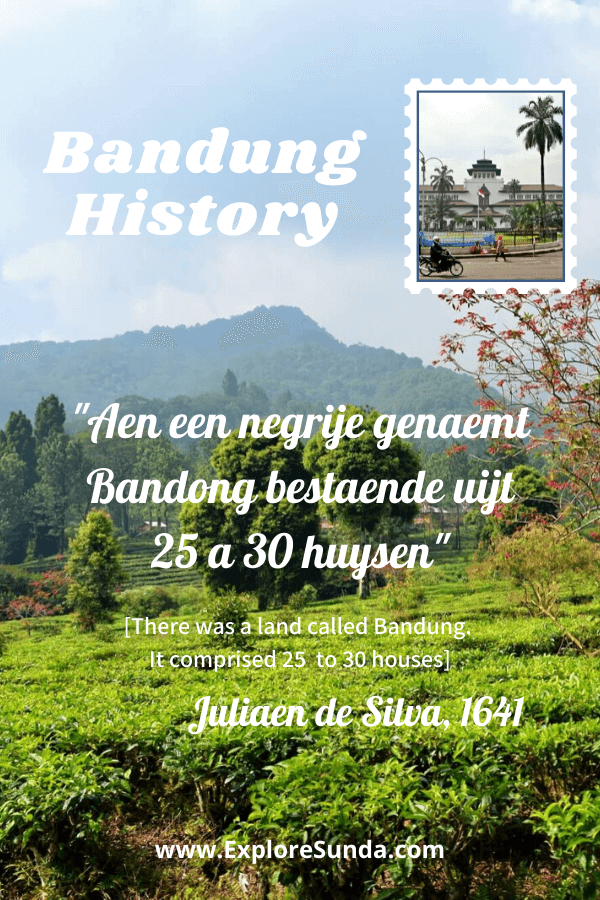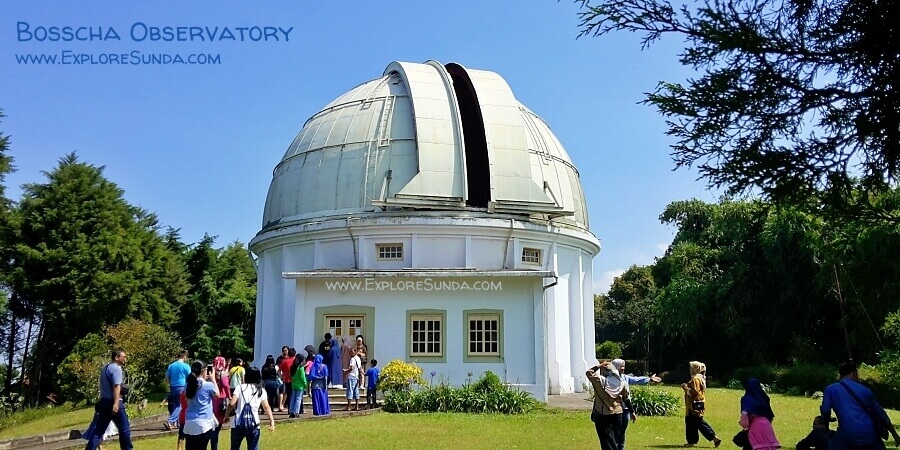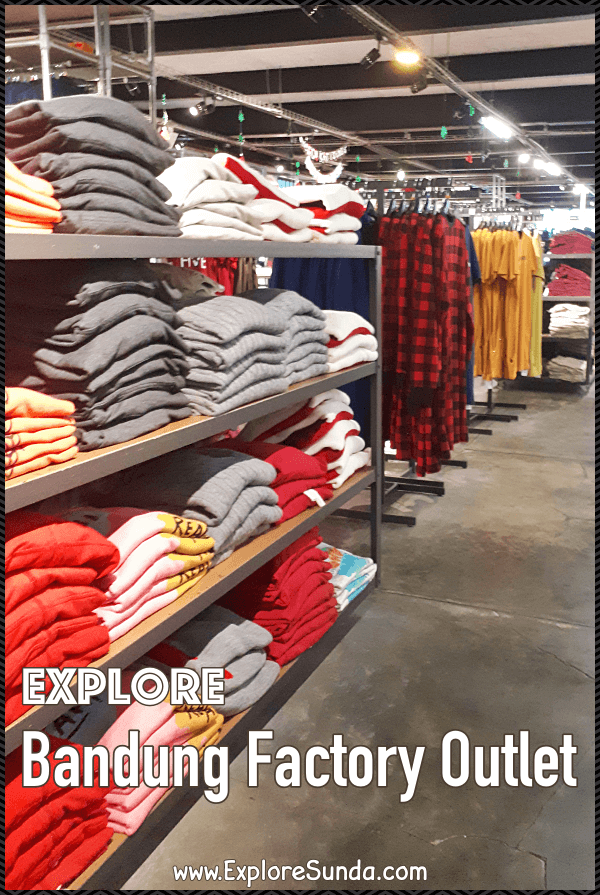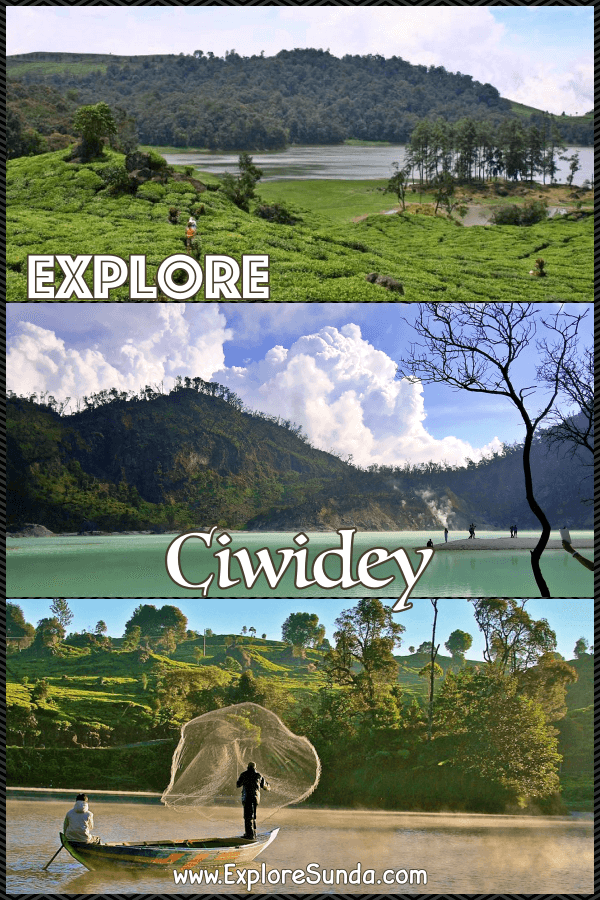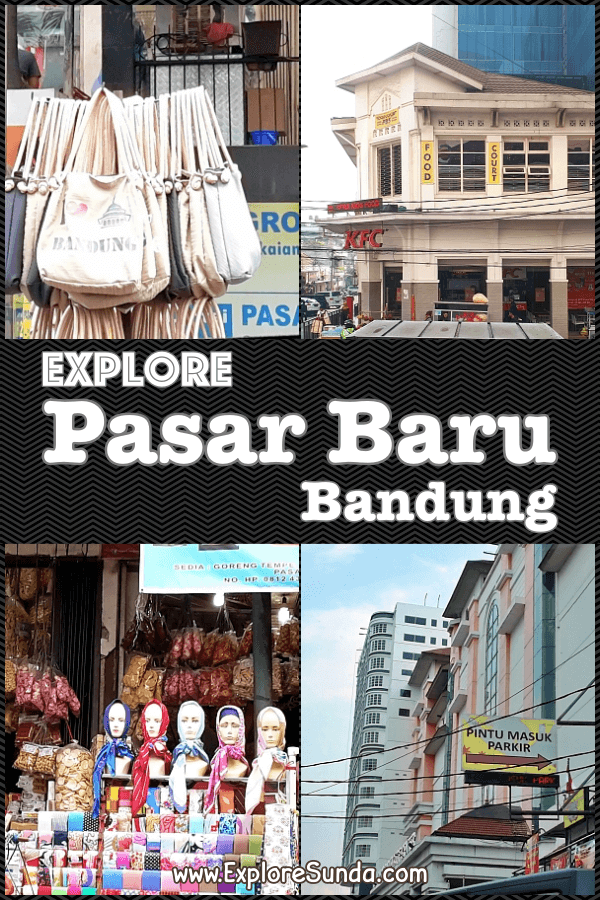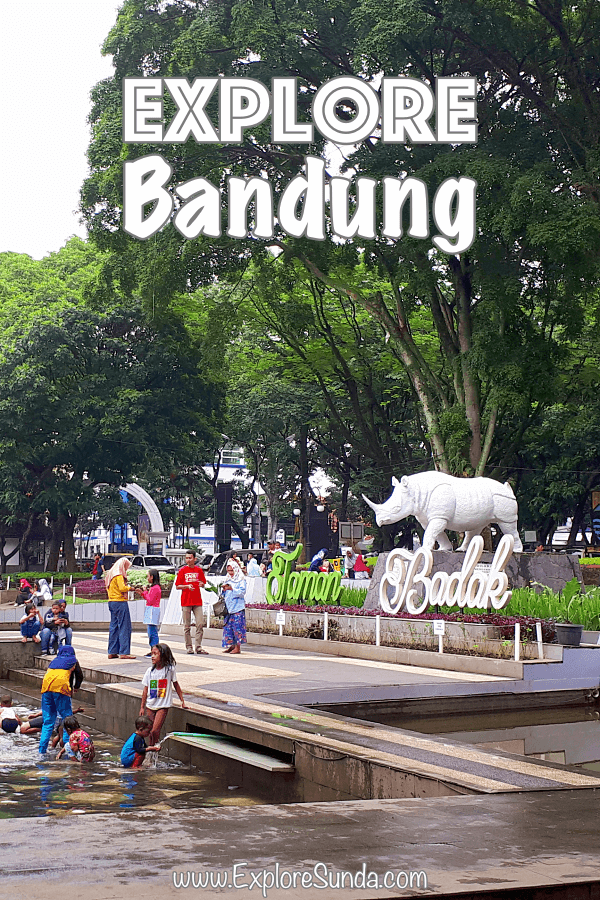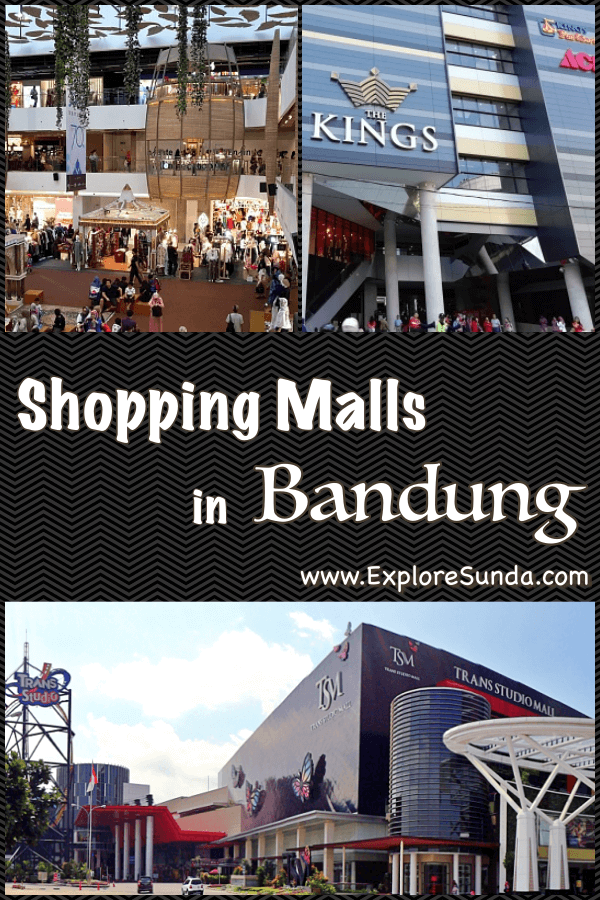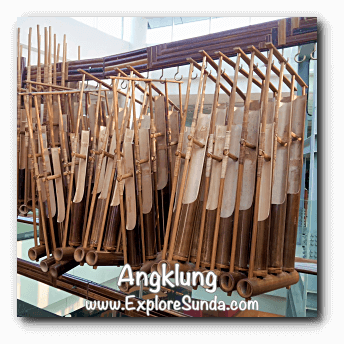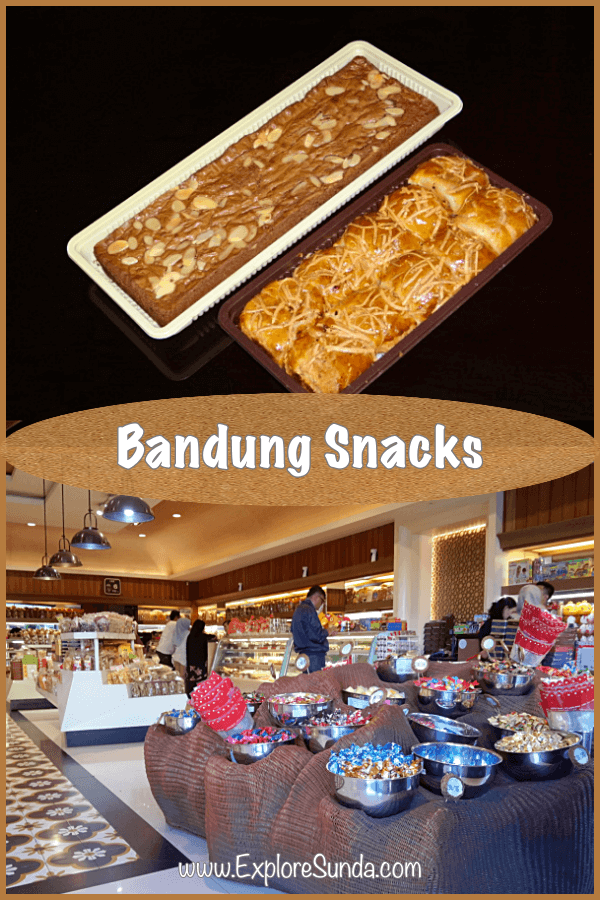History of Bandung
The First 300 Hundred Years
The history of Bandung is a long and colorful one. It includes famous legends such as the story of Sangkuriang and an explanation of the geographical formation that created the highland of Bandung millions of years ago. However, the more recent history began when a foreigner stumbled upon Bandung, and then many more came and built plantations.
One day, I stumbled upon my dad's book titled "Wajah Bandoeng Tempo Doeloe" by Haryoto Kunto. The book was fascinating as it portrays the history of Bandung from its inception until its heydays before World War II. This book served as the principal source of the history of Bandung on this page.
The Dutch first came to Indonesia in 1602. It led to colonialism that lasted 350 years. But it took them forty years to finally reach Bandung. The first person they sent to Bandung was Juliaen de Silva.
In 1641, Juliaen de Silva reported, “Aen een negrije genaemt Bandong bestaende uijt 25 a 30 huysen”. (It translated loosely to "There was a place called Bandung, which consisted of 25 to 30 houses"). At that time, Bandung was largely a jungle inhabited by numerous tigers and rhinoceroses. The ancient lake had not yet dried up, resulting in several lakes and swamps. The locals were governed by Dipati Ukur and Tumenggung Bahureksa, who served under the rule of Sultan Agung Mataram.
The History of Bandung: The Rise of Preanger Planters
In 1712, Abraham van Riebeek arrived in Pelabuhan Ratu, a seaport in southern West Java, bringing with him the first coffee seedlings to Java. This marked the beginning of coffee plantations in the land of Sunda.
One hundred years after the initial report, VOC [the Dutch trading company in Indonesia] finally took notice of Bandung. They assigned a soldier to govern the city. A year later, three more Dutch people arrived in Bandung. They became wealthy by establishing a plantation and a sawing mill. Following their success, more and more foreigners started arriving in Bandung to build coffee, tea, and cinchona plantations. They became affluent and gained a reputation as the Preanger Planters
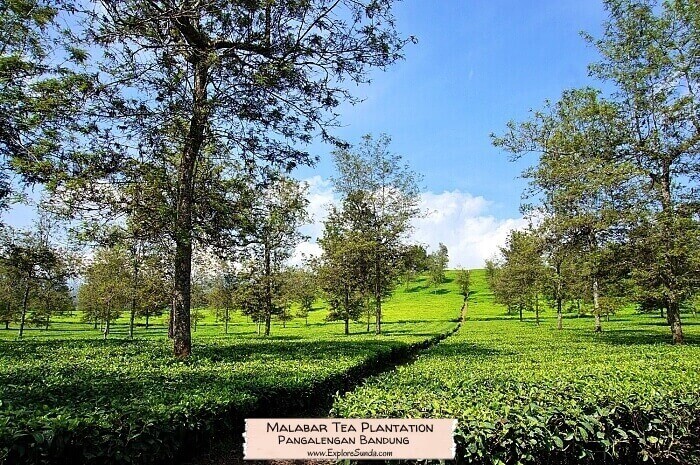 Nestled in the rolling hills of Mount Malabar lies a gorgeous tea plantation that was once the pride and joy of the Preanger Planters.
Nestled in the rolling hills of Mount Malabar lies a gorgeous tea plantation that was once the pride and joy of the Preanger Planters.Some of the Preanger Planters were philanthropists who considered Indonesia their second home. One of them was Franz Wilhelm Junghuhn, who was a German-born Dutch botanist and geologist. Junghuhn successfully grew cinchona, an essential ingredient for medicine, especially for curing malaria. At one point in time, Bandung was responsible for supplying 90% of the world's cinchona.
Another successful planter was Piter Engelhard, who grew coffee. He started at the slope of Mount Tangkuban Parahu. Then, he expanded to Mount Patuha, Mount Mandalawangi, Mount Galunggung, and Mount Malabar. His coffee became famous as "Javakoffie".
K.A.R. Bosscha was known as “thee koning” (the king of tea in English) from the Malabar plantation. He played a significant role in establishing “Technische Hoogeschool”, which is now known as Institut Teknologi Bandung (Bandung Institute of Technology in English). Even after 100 years, it still stands as one of the leading universities in Indonesia. He also built the Bosscha Observatory, located a few kilometers north of Bandung. Today, Bosscha Observatory is still functioning well.
Once these plantations were thriving, a problem arose on how to transport them to Batavia for shipments to the Netherlands. As a solution, the VOC and Dutch East Indies began constructing railroads and roads in Java.
History of Bandung: Mode of Transportations
Presently, the distance between Jakarta and Bandung is approximately 150 kilometers. There are several roads you can choose, but the most popular ones are:
- Jakarta - Jagorawi Toll Road - Puncak Pass - Cianjur - Padalarang - Bandung
- Jakarta - Cikampek Toll Road - Purbaleunyi Toll Road - Bandung.
The second option takes a shorter time, but on average, it takes two and a half to four hours to travel from Jakarta to Bandung and vice versa.
But 400 years ago, it was a very different story!
The history of transportation in Bandung traces back to the times when water transport was the only means of travel. People used to sail on boats through the Citarum and Cimanuk rivers to reach Bandung until 1786. Later, a horse trail was constructed between Batavia (Jakarta), Bogor, Puncak Pass, Cianjur, and Bandung, which proved to be a challenging terrain. At one point near Puncak Pass, they used buffalos to help the horses pull the cart.
When Daendels became the Governor-General of the Dutch East Indies, he was tasked to strengthen the military defense in Java by building a road. This road, known as the Grote Postweg (The Great Postal Road in English or Jalan Raya Pos in Bahasa Indonesia), spanned one thousand kilometers from Anyer in the western tip of Java to Panarukan in East Java.
The postal road between Batavia (Jakarta) and Bandung used the existing horse trail. However, upon reaching Bandung, it was discovered that the trail was eleven kilometers north of the existing downtown. Hence, Daendels ordered the local ruler to relocate the downtown area. Today, the former downtown is known as Dayeuhkolot (Dayeuh is a Sundanese word for town, while kolot means old).
During his inspection of the postal road and the new downtown, Daendels thrust his stick to the ground and ordered the construction of a town at that very spot, which later became km. 0 of Bandung. Despite the existence of the Postal Road, it still took almost three days to travel from Batavia to Bandung.
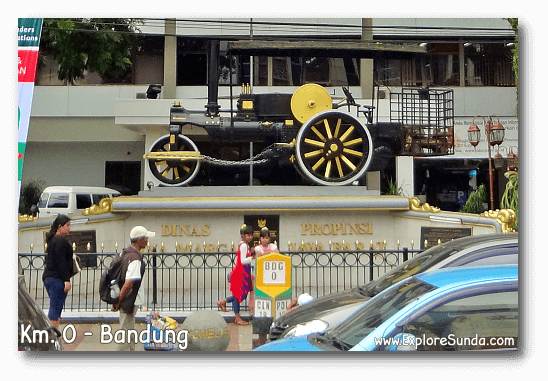 Km. 0, the very spot where Daendels instructed the construction of downtown Bandung.
Km. 0, the very spot where Daendels instructed the construction of downtown Bandung.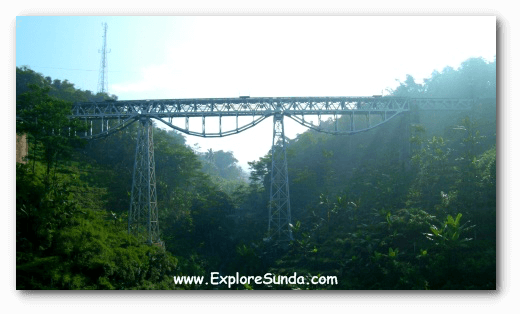 The railroad bridge that has been connecting Jakarta and Bandung for over a century is still in use today.
The railroad bridge that has been connecting Jakarta and Bandung for over a century is still in use today.Eight decades after the establishment of the Postal Road, they constructed a railroad connecting Batavia, Bogor, Cianjur, and Bandung. Subsequently, fifty years later, another railroad was built from Batavia through Cikampek and Purwakarta, ending in Bandung. Unfortunately, the railroad track on the former route is broken in Cipatat, rendering it operational only between Jakarta and Sukabumi, and between Sukabumi and Cipatat. On the other hand, the latter railroad line is still in good condition, serving numerous routes daily.
The train shortened the traveling time between Jakarta and Bandung tremendously. The train journey took only 2 hours and 45 minutes! When the railroad was expanded from Cilacap in Central Java to Yogyakarta and ended in Surabaya in East Java, Bandung became a stopover, resulting in the tremendous development of Bandung.
Bandung recorded in its history that it was granted the status of Gemeente (a township in English) in 1906, 265 years after the first visit by Juliaen de Silva. Due to the comfortable lifestyle enjoyed by many Europeans who lived here, it was often referred to as "Europa in de Tropen" (Europe in the Tropics in English). The bustling Braga Street further cemented Bandung's reputation as the "Parijs van Java" (Paris of Java).
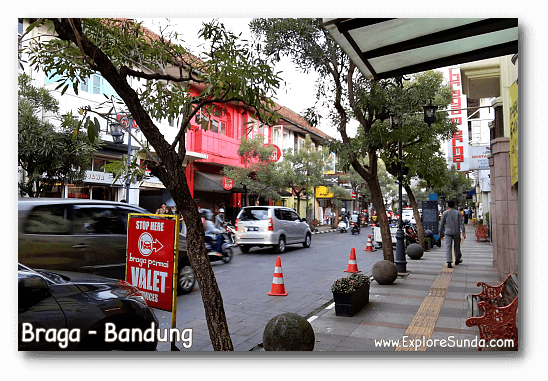 Braga Street in Bandung Old Town exudes vintage charm and old-world allure.
Braga Street in Bandung Old Town exudes vintage charm and old-world allure.The thriving plantations created many rich Preanger Planters who supported the Netherlands in fighting its wars. On the other hand, most locals lived in poverty unless they were nobles or royal families. Thus, when the Netherlands tried to re-establish its control after Indonesia announced its independence, the locals fiercely resisted. They ended up burning half of Bandung. It was the most heroic battle in the history of Bandung. The battle was known as Bandung Lautan Api (loosely translated as Bandung became a sea of fire). Since then, Bandung has grown tremendously. However, if you take a closer look, you will only find old houses and Art Deco-style buildings from the railroad to the north, which serve as reminders of this heroic incident.
This is only a short history of Bandung in its early days. The Preanger Planters were already promoting Bandung during that time, which attracted many tourists to experience the cool weather and beautiful nature of the city. Today, Bandung has transformed into a modern city and is still one of the most sought-after vacation spots.
Recent Articles
-
Roro Jonggrang: A Tale Etched in the Stones of Prambanan Temple
Nov 05, 25 11:52 PM
Unravel the ancient Javanese legend of Roro Jonggrang that bridges myth, devotion, and the grandeur of Prambanan. -
Discover the Vibrant Celebration of Imlek in Indonesia!
Jan 13, 25 03:24 AM
The Chinese New Year of 2576 will be celebrated on January 29, 2025. Discover the special things in this Imlek festival! -
The Site Map of ExploreSunda.com
Nov 26, 24 10:40 PM
A thorough site map to help you browse through the Explore Sunda site.
